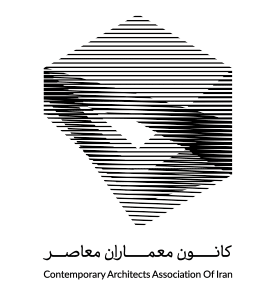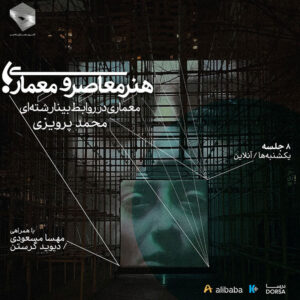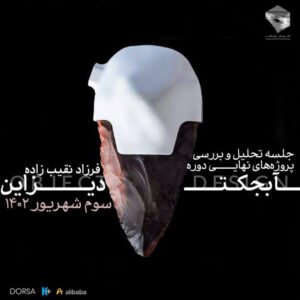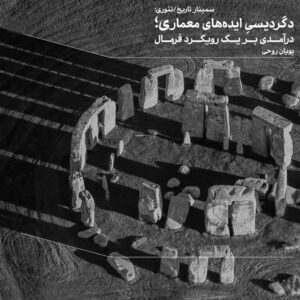If we consider architecture as a discipline, it can be said that, like other disciplines, it is shaped by concepts that form its foundation. These concepts help shape architecture and perhaps define its boundaries with other disciplines. How are the boundaries of concepts such as ideas, concepts, and morphogenetic ideas measured and refined? What role do the catalysts of the idea and form development process play in shaping an idea in architecture? What topics arise from the site, program, project brief, or the architect’s intellectual output? What do we know about form, its properties, genres, form descriptors, form strategy, tools, language, and contemporary language of form? How are diagrams and similar tools, which aid in the development of ideas, produced? What is the difference between context and content, and why is theorizing in architecture necessary?
Architecture students frequently encounter terms like idea, concept, diagram, volume, space, etc., during their learning process. Without a clear understanding of these terms and their meanings, they often use them to describe their projects or processes. The lack of clarity between theory and practice, the difference between “design justification” and “idea,” the absence of a specific design process, and the ambiguity of basic architectural concepts are common challenges in architectural education.
The course “Fundamentals of Architectural Design” at the Contemporary Architects School is designed to address and clarify these points with the clear and precise explanations of Kamran Afsharnadri, including examples and cases directly applicable to the design process. This course aims to help students think more deeply about architectural concepts and improve their precision in selecting terminology in their project descriptions and critiques. By the end of the course, students are expected to recognize the fundamental concepts of this field and apply them correctly and meaningfully. The instructor of this course, Dr. Kamran Afsharnadri, is one of the leading critics and thinkers in Iranian architecture, and the course outline is his specific curation of the subject matter.






کامنت ها
There are no reviews yet.